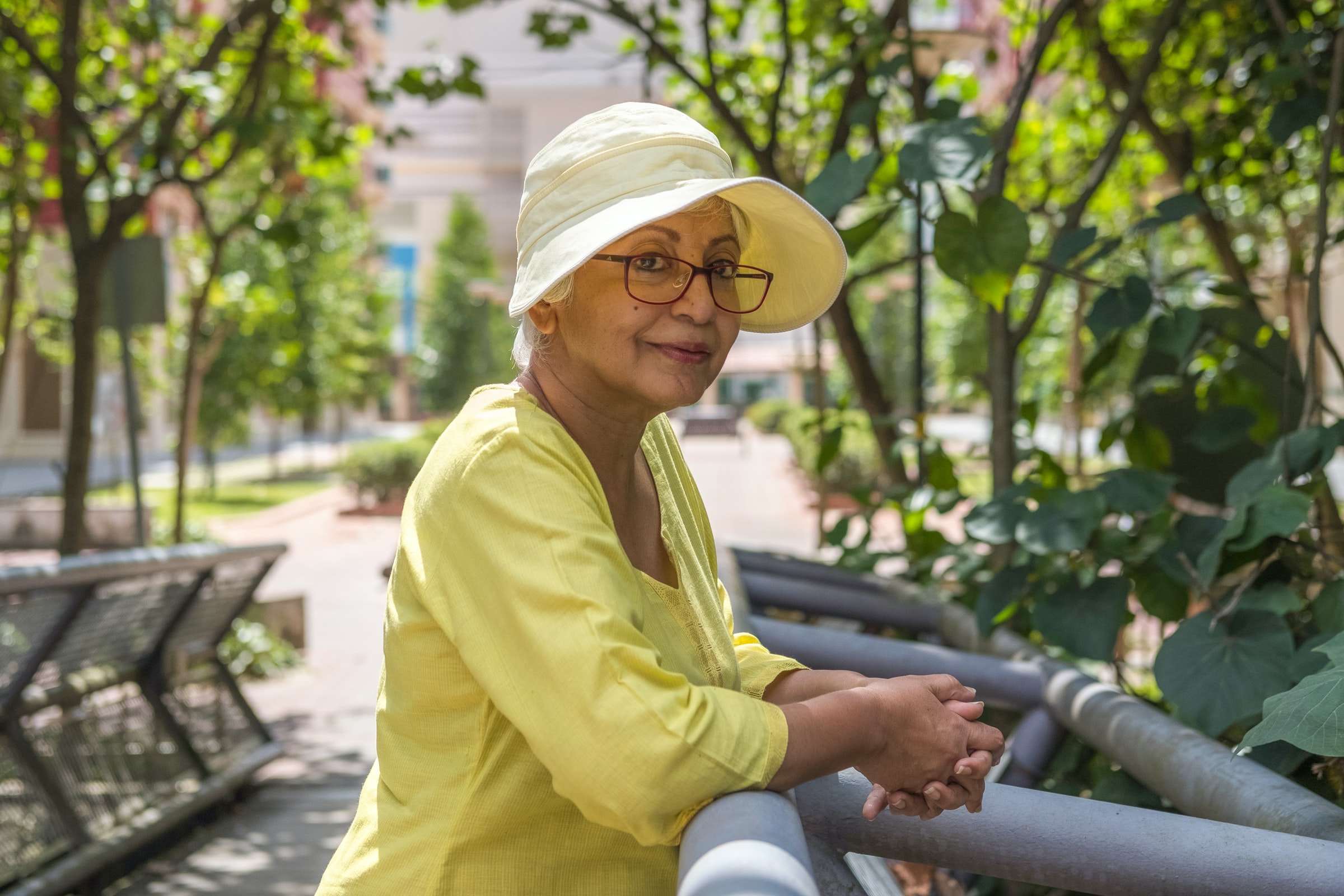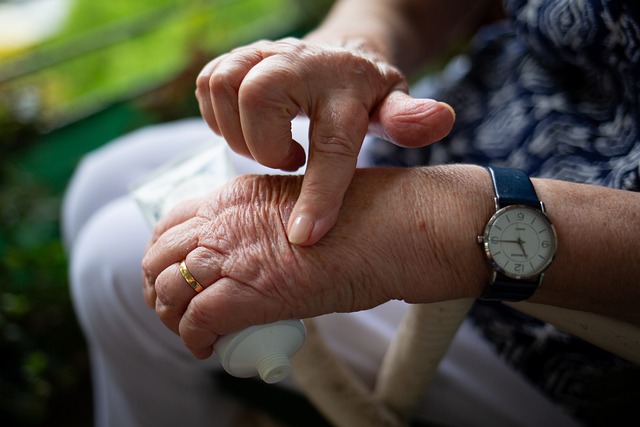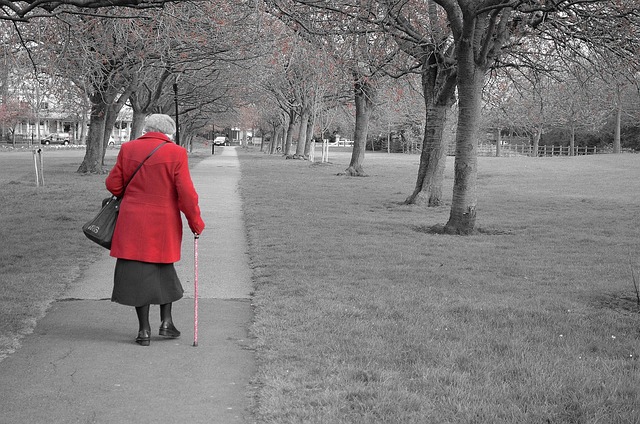Hope is on the horizon for seniors living in Covid-imposed isolation.
At the start of February, 29 states and the District of Columbia made vaccination appointments available to people aged 65 years and over. According to the CDC, nearly 32 million people have been vaccinated so far, and older adults accounted for almost a third (29 percent) of those who received a dose during the first month vaccines were available.
The increasing availability of vaccines is exciting news for America’s seniors, many of whom have avoided in-person interactions with their friends and families since the onset of the pandemic out of a concern for their health. At the beginning of the pandemic, the vast majority of surveyed seniors (83 percent) said that they were “prepared to self-isolate for several months, if required, to stay healthy and safe and to protect others.”
Social distancing was — and continues to be — a necessary step for protecting vulnerable seniors from severe cases of Covid-19. But the protective measure also poses its own set of mental health considerations. In June of 2020, another survey found that over half (56 percent) of surveyed people over 50 “sometimes” or “often” felt isolated from others — a rate more than double the one recorded in 2018. Researchers also noted that half of the respondents who experienced isolation felt less motivated, 41 percent felt more anxious, and 37 percent say their loneliness has made them feel depressed.
Even as we move forward towards a future where vaccinated seniors can safely engage with their loved ones, those in the healthcare sector will need to remain aware of the health risks posed by loneliness and find ways to strengthen older patients’ social connections. Doing is a necessary part of maintaining seniors’ mental and physical health, now more than ever. After all, past research tells us that strong social connections can improve health outcomes, extend life expectancy, increase happiness, and facilitate overall improvements in seniors’ general wellbeing.
Providing this kind of social support may require care providers and community organizations to work together. As one researcher recently noted in an article for Frontiers in Public Health, “The COVID-19 pandemic has highlighted the need for clinical and community-based organizations to unite and form inter-sectoral partnerships to maintain the provision of services and programs for engaging and supporting older adults during this difficult time of physical distancing and shelter-in-place and stay-at-home orders.”
What, then, does this collaboration look like? We already have a few noteworthy illustrations. Soon after the pandemic began, Cigna launched several new programs to alleviate the loneliness among its older Medicare Advantage enrollees and partnered with Bring Smiles to Seniors, a nonprofit organization that sends cards penned by students, civic groups, and other volunteers to isolated seniors. The insurer also developed a new grant to support the social needs of lonely enrollees.
As one reporter for Health Payer Intelligence describes, “Seniors have the option to receive a follow up call from the same Cigna representative, for the purpose of expanding on that relationship to meet seniors’ social needs, as well as their physical and clinical ones.”
Of course, Cigna’s approach isn’t the only one that could provide value to isolated seniors. Assisted living facilities can partner with local nonprofits to connect seniors with pen pals and/or FaceTime buddies who could offer regular opportunities for conversation and emotional support. Care organizations may also want to schedule technology workshops to teach residents the technologies they need to know to stay connected with their friends and family members.
That said, assisted living facilities don’t necessarily need to create new programs to support their seniors. Adapting social programming that they had before the pandemic could be equally effective, if not more so.
Consider exercise programs as an example. Research suggests seniors who participate in group exercise classes generally report better physical, mental, and emotional health outcomes than their inactive peers. As one researcher for a 2013 study on the matter summarized, “the provision of senior-oriented group fitness programs may be a valuable approach to improve quality of life and reduce the burden associated with declining health and functioning as older adults age.”
The challenging part of safely restarting classes is, of course, mitigating the risk of Covid-19 transmission. One solution may be to hold exercise outdoors, as medical investigations suggest the risk of disease spread is significantly lower in the open air. Alternatively, facilities could develop virtual classes for seniors to participate in from the safety of their rooms.
Meadowood Senior Living, a nonprofit community in Philadelphia, presents an example of what adapted social programming might look like in residential care. In May, Senior Living News spotlighted the community’s Covid-aware efforts to connect residents, noting that “[Meadowood] created their own exercise videos to post on the residents’ Intranet and live stream classes such as dance fitness, yoga, Tai Chi, and Pilates. They lead outdoor wellness walks and host fitness classes in a different courtyard every day, so residents can socially distance but still exercise and support each other.”
This kind of creativity is precisely the kind of adaptive, thoughtful approach that seniors need most right now. After over a year of living in protective isolation, seniors need connective social support to buoy their mental and physical help. Healthcare providers and residential facilities should do all they can to promote safe interaction, forge community ties, and uphold senior happiness — now, and as Covid fades into the past.







